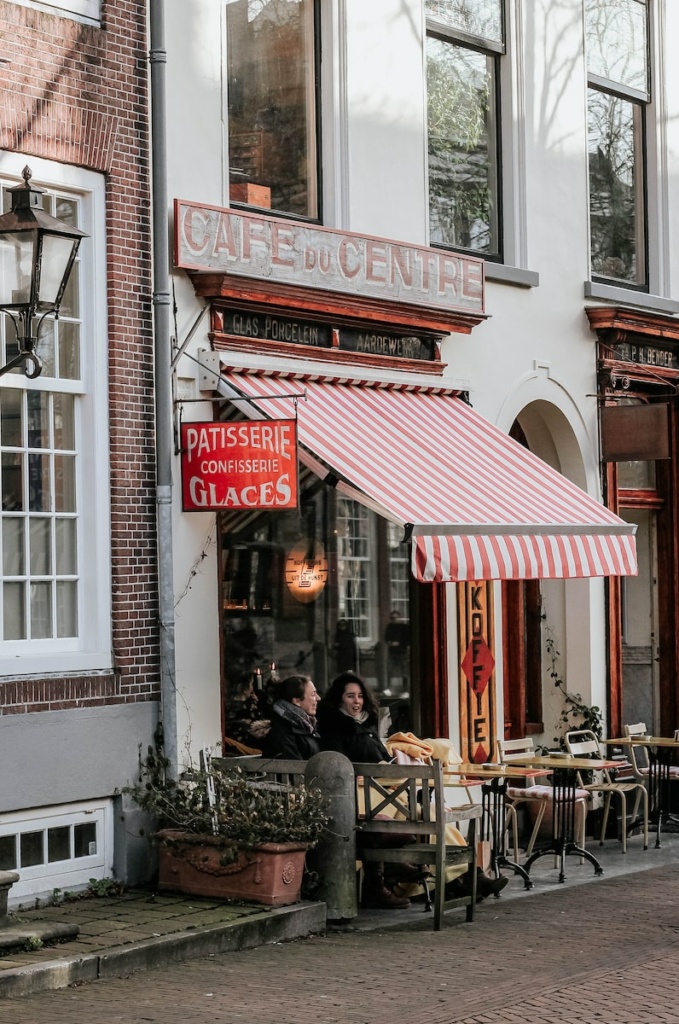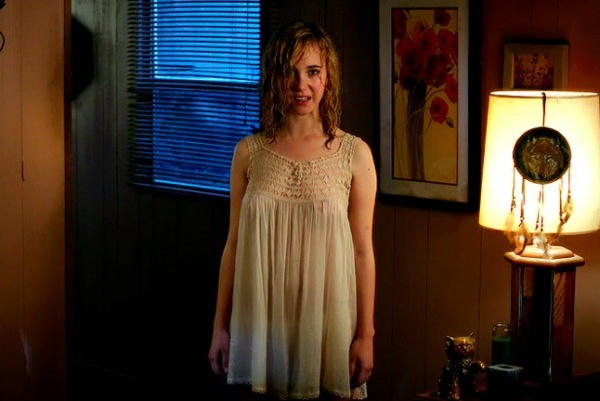
Bonjour, cinephiles! Today, let’s embark on a journey through the enchanting world of French New Wave cinema – a movement that sent ripples through the global cinematic pond, leaving an indelible mark on the way we experience and perceive films. As I reflect on my four years of navigating the vast landscape of movies, the French New Wave stands out as a beacon of innovation, rebellion, and, dare I say, a dash of French flair.
Breaking the Rules: A Breath of Fresh Air

Picture it – Paris, the late 1950s. Traditional French cinema, with its meticulously crafted narratives and polished studio productions, was holding court. And then, like a gust of wind sweeping through the Seine, the French New Wave arrived, disrupting the status quo with its laissez-faire attitude towards cinematic conventions.
Filmmakers like François Truffaut, Jean-Luc Godard, and Claude Chabrol, often writing for the iconic film journal Cahiers du Cinéma, rebelled against the establishment. They tossed out the rulebook, choosing handheld cameras, natural lighting, and non-professional actors. The result? Films that felt fresh, spontaneous, and brimming with an energy that breathed life into the celluloid.
Truffaut’s “The 400 Blows”: A Coming-of-Age Revolution
If we’re talking about the French New Wave, we must start with François Truffaut’s magnum opus, “The 400 Blows” (1959). This coming-of-age gem follows Antoine Doinel, a troubled young boy navigating the streets of Paris. Truffaut’s choice of a handheld camera and the use of natural locations brought an intimacy and realism to the film that felt revolutionary.
“The 400 Blows” wasn’t just a film; it was a declaration – a declaration that cinema could be raw, personal, and unapologetically authentic. The film marked the birth of the French New Wave and set the tone for the cinematic rebellion that followed.
Godard’s Playful Provocations: “Breathless”

Enter Jean-Luc Godard, the enfant terrible of the movement. Godard’s “Breathless” (1960) was a game-changer, both in terms of style and content. With its jump cuts, free-form narrative, and cool-as-a-cucumber protagonist, played by Jean-Paul Belmondo, the film was a breath of fresh air (pun intended).
“Breathless” dared to question the very fabric of storytelling. It was as if Godard took a pair of scissors to the traditional narrative structure and gleefully snipped away, creating a collage of scenes that felt spontaneous and liberated. The film’s influence is still felt today, especially in the realm of independent cinema.
A Splash of Color: Jacques Demy’s “The Umbrellas of Cherbourg”
While the French New Wave is often associated with black and white aesthetics, Jacques Demy added a splash of color to the movement. His musical masterpiece, “The Umbrellas of Cherbourg” (1964), broke away from the gritty realism of some New Wave films and embraced the whimsy of a vibrant palette.
Demy’s film, with its operatic storytelling and every word sung rather than spoken, was a departure from the norm. The bold use of color and the unconventional narrative structure made “The Umbrellas of Cherbourg” a cinematic treat that stood out in the New Wave landscape.
International Echoes: The French New Wave Across Borders

The impact of the French New Wave wasn’t confined to the cobblestone streets of Paris. It resonated across borders, influencing filmmakers worldwide. Directors like Martin Scorsese, Quentin Tarantino, and Wong Kar-wai have all acknowledged the profound influence of the French New Wave on their work.
Scorsese’s “Mean Streets” (1973) channels the kinetic energy and street-level realism reminiscent of Godard’s early works. Tarantino, the cinematic magpie, borrows not only styles but also the playful irreverence of the New Wave in films like “Pulp Fiction” (1994). Wong Kar-wai’s poetic storytelling in “In the Mood for Love” (2000) owes a debt to the emotional nuances explored by Truffaut and company.
Beyond the Lens: Cultural Impact and Legacy
The French New Wave wasn’t just a cinematic movement; it was a cultural earthquake. It challenged the very essence of filmmaking, proving that the art form could be personal, rebellious, and a reflection of the director’s individual voice. The movement paved the way for a new generation of filmmakers who saw cinema not as a set of rules to follow but as a canvas to express themselves.
The legacy of the French New Wave is embedded in the DNA of contemporary cinema. Its influence echoes in the handheld shots of independent filmmakers, the unconventional narratives of auteurs, and the willingness to experiment with form and style.
Conclusion: Vive la Révolution Cinématique!

As we wrap up our cinematic journey through the French New Wave, it’s clear that this movement wasn’t just a passing trend; it was a revolution. Truffaut, Godard, and their cohorts liberated cinema from the shackles of convention, proving that art could be both profound and playful.
So, the next time you find yourself engrossed in a film that embraces spontaneity, challenges traditional storytelling, or simply exudes a certain je ne sais quoi, tip your hat to the French New Wave. Vive la révolution cinématique!


